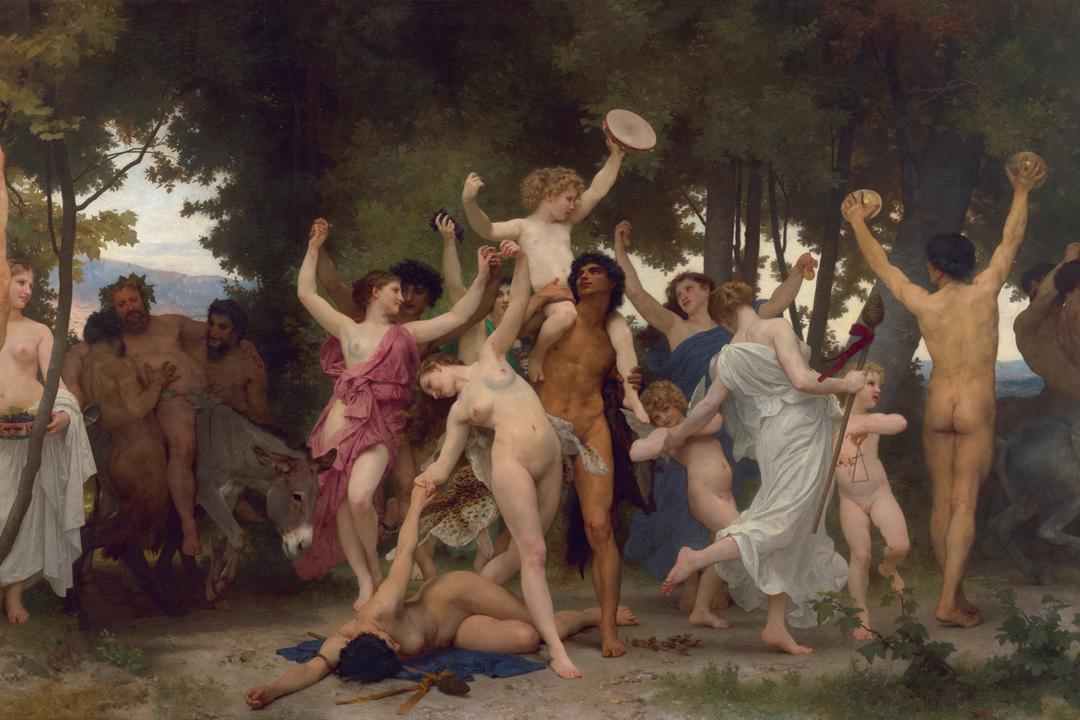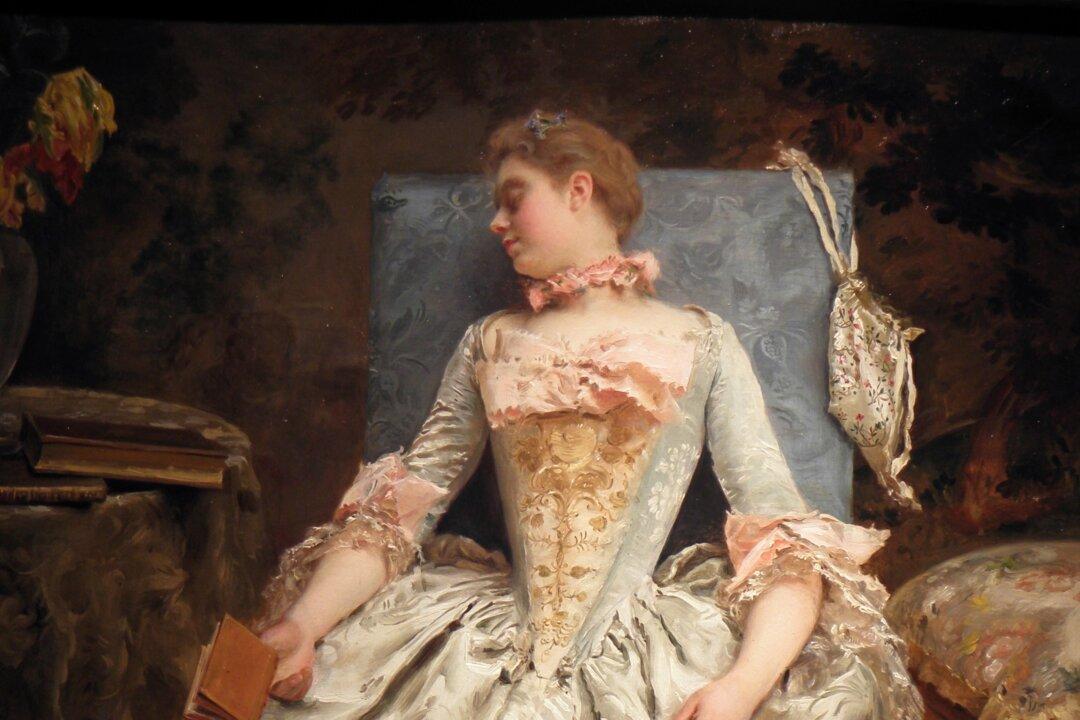The Forgotten Female Artists of the 19th Century
Although in Art History one hears a lot about artists from prior centuries, there is one specific group of female painters that has been all but forgotten: The female painters from the classical tradition of the 19th Century.

The Farmer's Daughter by Elizabeth Jane Gardner Bouguereau. 67 x 38.25 inches; Oil on Canvas. Image courtesy of Sotheby's
|Updated:






